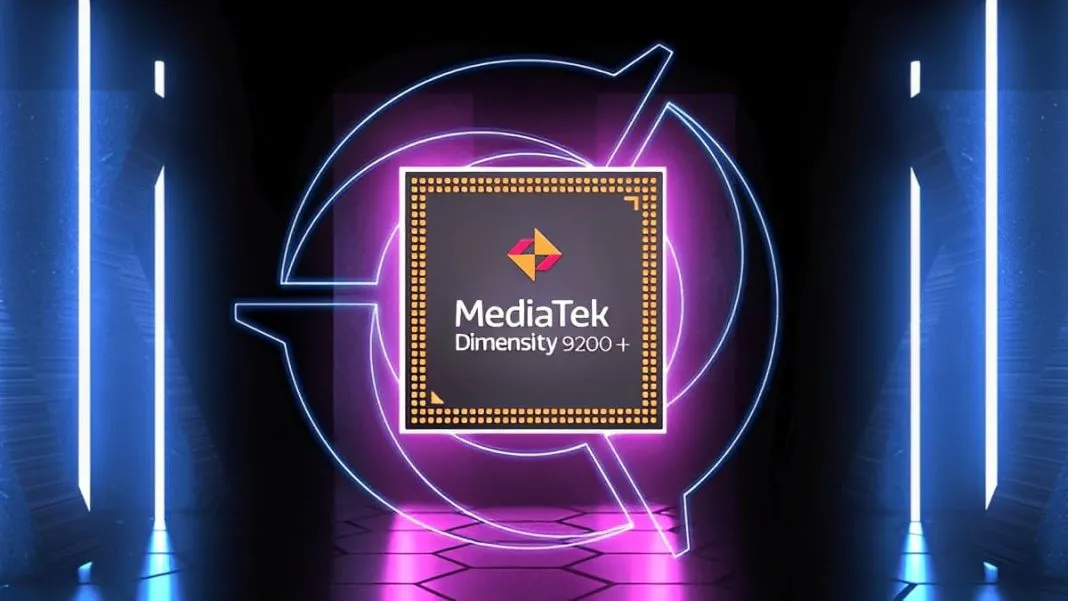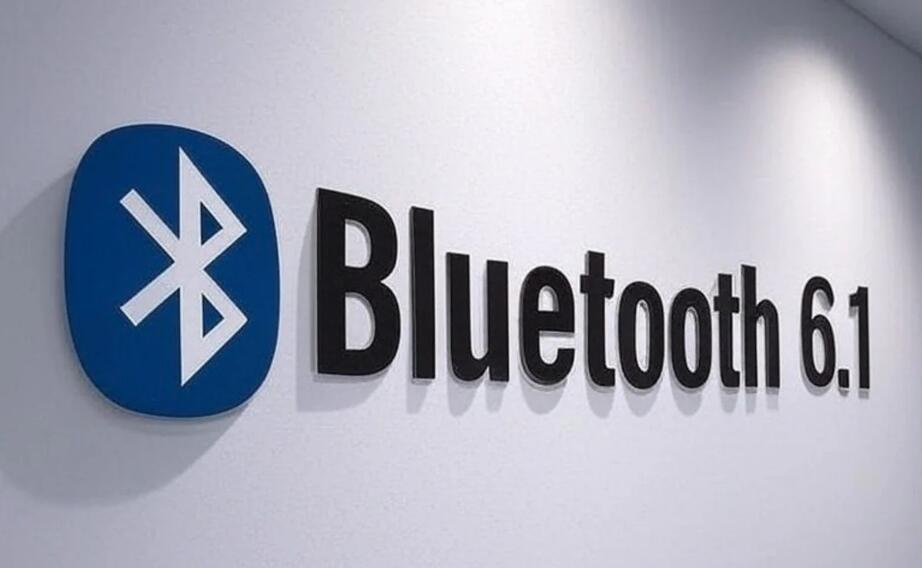5G: The Key to Connecting MR Smart Glasses to Smartphones
Welcome to Blackview blog.

Do Mixed reality (MR) glasses related with smartphone? Yes, MR glasses are related to smartphones in a few ways. First, MR glasses can be used to access smartphone apps and features. For example, you could use MR glasses to make calls, send text messages, or check social media. Second, MR glasses can be used to control smartphones. For example, you could use MR glasses to take pictures, record videos, or navigate using GPS. Third, MR glasses can be used to extend the capabilities of smartphones. For example, you could use MR glasses to view augmented reality (AR) content or to collaborate with others in a virtual environment.
Mixed reality (MR) smart glasses are a hot new technology that has the potential to revolutionize the way we interact with the world around us. MR glasses combine the real world with digital information, allowing users to see and interact with virtual objects in the real world.
However, one of the biggest challenges facing MR glasses is connectivity. MR glasses require a high-speed, low-latency connection to the internet in order to deliver a seamless experience.
5G is the next generation of cellular technology that promises to deliver the high-speed, low-latency connectivity that MR glasses need. 5G is expected to be available in most major cities by 2023. When 5G becomes widely available, it will open up a world of possibilities for MR glasses.
With 5G, MR glasses will be able to deliver a truly immersive experience. Users will be able to see and interact with virtual objects in real time, without any lag or latency. This will make MR glasses ideal for a wide range of applications, including gaming, education, and training.
In the gaming industry, MR glasses will allow users to play games that are more immersive and realistic than ever before. Users will be able to see and interact with virtual objects in the real world, which will make gaming more engaging and exciting.
In the education industry, MR glasses will allow students to learn in a more interactive and immersive way. Students will be able to see and interact with virtual models and simulations, which will make learning more engaging and effective.
In the training industry, MR glasses will allow workers to train in a more realistic and safe environment. Workers will be able to see and interact with virtual objects in the real world, which will help them to learn new skills and procedures more effectively.
5G is the key to unlocking the full potential of MR glasses. With 5G, MR glasses will be able to deliver a truly immersive experience that will revolutionize the way we interact with the world around us.
In addition to the benefits mentioned above, 5G can also help to improve the battery life of MR glasses. 4G LTE can be a significant drain on battery life, especially when streaming video or playing games. 5G is more efficient than 4G LTE, which means that MR glasses can run for longer on a single charge.
Overall, 5G is a major step forward for MR glasses. It will enable MR glasses to deliver a more immersive and realistic experience, improve battery life, and open up new possibilities for applications. As 5G becomes more widely available, MR glasses are poised to become a mainstream technology.
Read also,






